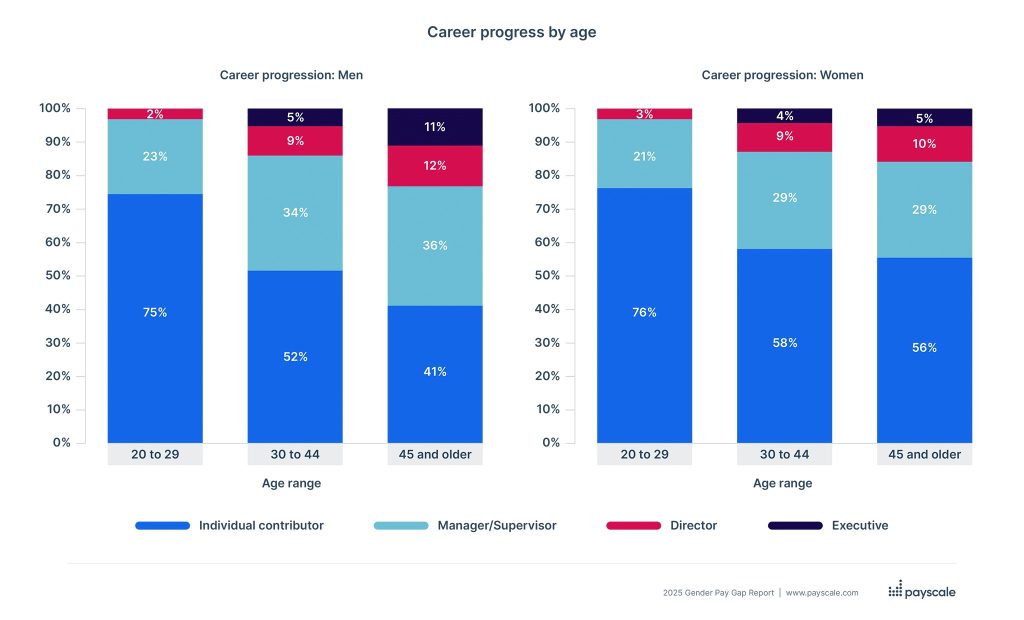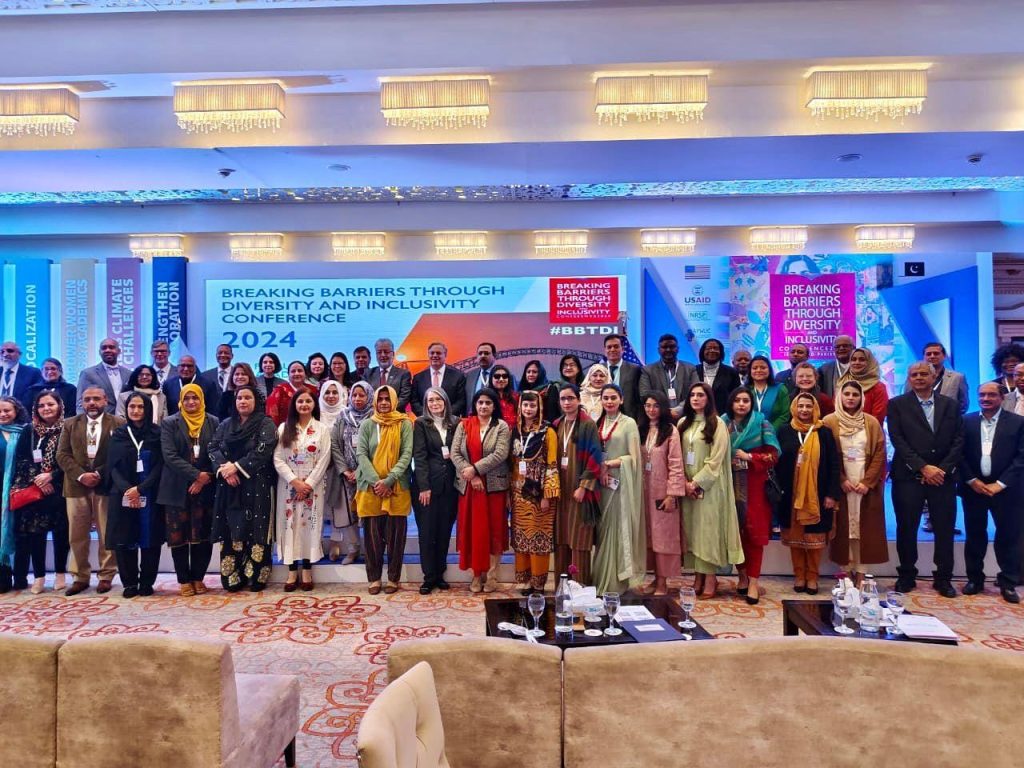Gender Pay Gap in Pakistan: Latest Statistics and Industry Insights (2025)
Introduction: A Wake-Up Call for Equality
Pakistani women now only make Rs. 68 for every Rs. 100 done by men in comparable jobs in 2025. Pakistan’s gender pay gap is still a visible problem despite global advancements in workplace equity, which have been made worse off by post-pandemic economic changes and slowdown legal changes. This blog delves into the latest data, examines which sectors are moving (or ahead), and identifies doable solutions to close this gap. Let’s examine the data and articles trying to influence Pakistani workplaces today.
- The 2025 Landscape: Where Do We Stand
- Industry-Specific Insights: The Good, the Bad, and the Ugly
- Root Causes in 2025: Why the Gap Won’t Close Itself
- Positive Shifts: Who’s Leading the Change
- Predictions for the Future: Opportunities and Risks
- How to Drive Change: Your Role in 2025
The 2025 Landscape: Where Do We Stand
The Pakistan Bureau of Statistics (2025) recently reported that women’s average monthly earnings are presently Rs. 42,000, while men’s are Rs. 62,000, going to represent a mere 4% decrease in the nation’s gender pay gap since 2020. Uneven progress was made:
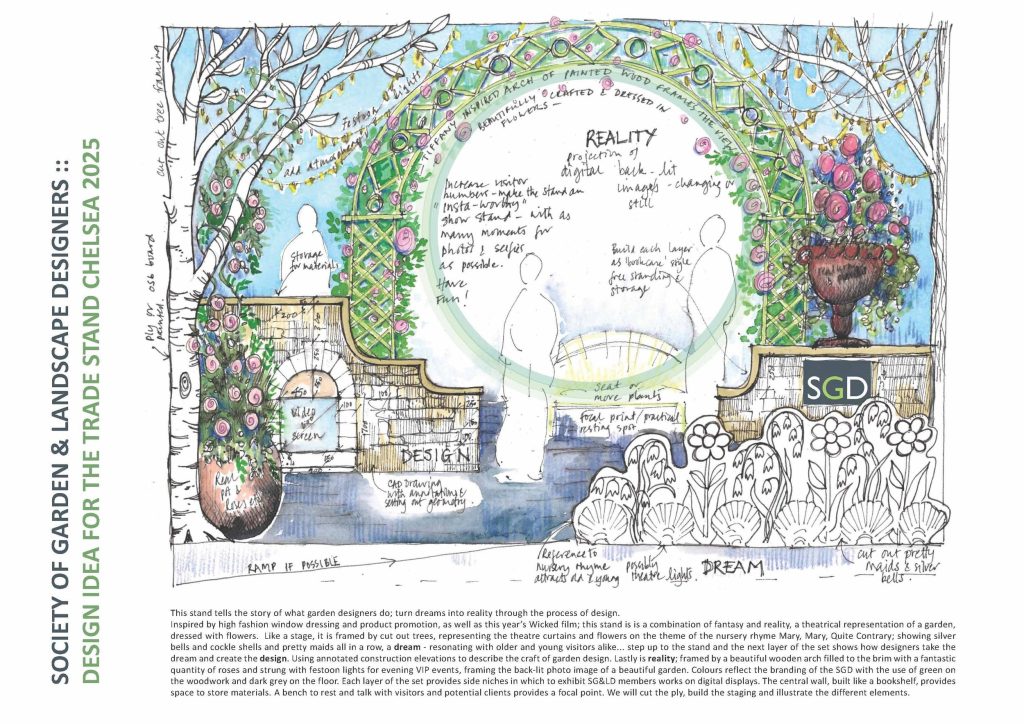
- Urban vs Rural: Because with opportunities in the tech sector, the gap is about 28% in places like Karachi and Lahore. However, rural women experience a 47% difference and are regularly confined to unwritten professions like domestic crafts or farming.
- Economic Drivers: The impacts of remote work policies and inflation have been clashing. Rural women lost ground because of limited access to digital funds, while hybrid roles raised female participation in urban areas.
Visual Insight: Display that progress is extremely slower than Pakistan’s monsoon rains by visualizing a graph where the “gender pay gap” line hardly dips over a five-year cycle.
Industry-Specific Insights: The Good, the Bad, and the Ugly
Sectors with High Growth
- IT & Tech: Even though Pakistan’s tech boom generated jobs, women in startups create 22% less than their male counterparts. With a 35% discrepancy in leadership positions, established companies perform worse.
- Healthcare: Make up nearly 70% of the workforce, female nurses and midwives end up making 40% less than general practitioners.
Traditional Industries
- Textiles & Manufacturing:Women dominate on factory floors in traditional industries like textiles and manufacturing, but they only hold 10% of managerial positions. They have few benefits, such as health insurance, and their pay is 33% below average.
- Agriculture: Though some perform 70% of the work, rural women are typically paid in kind (such as crops) or unpaid, which obscures the real economic disparity.
Emerging Fields
- Freelancing: There really are two sides to the gig economy. Despite the fact that women freelancers report a smaller pay gap (15%), their bids are commonly understated on global platforms due to algorithmic bias.
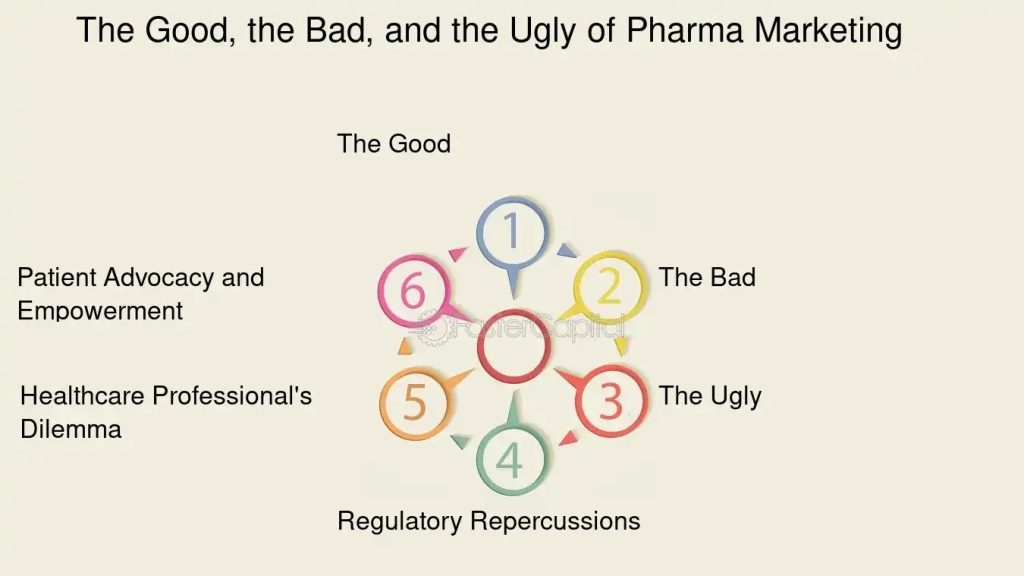
Root Causes in 2025: Why the Gap Won’t Close Itself
- Sticky floors and “glass ceilings”: Women now make up just 5% of CEOs in Pakistan. 80% of senior administrative jobs are held by men, even in fields like education in which women predominate.
- Digital Divide: Rural exclusion of women from remote work opportunities because only 25% of them have access to smartphones or digital training.
- Policy Paralysis: There really are no enforcement mechanisms in place for the 2023 Equal Pay for Equal Work Act. Meanwhile, 89% of working mothers can still afford childcare.
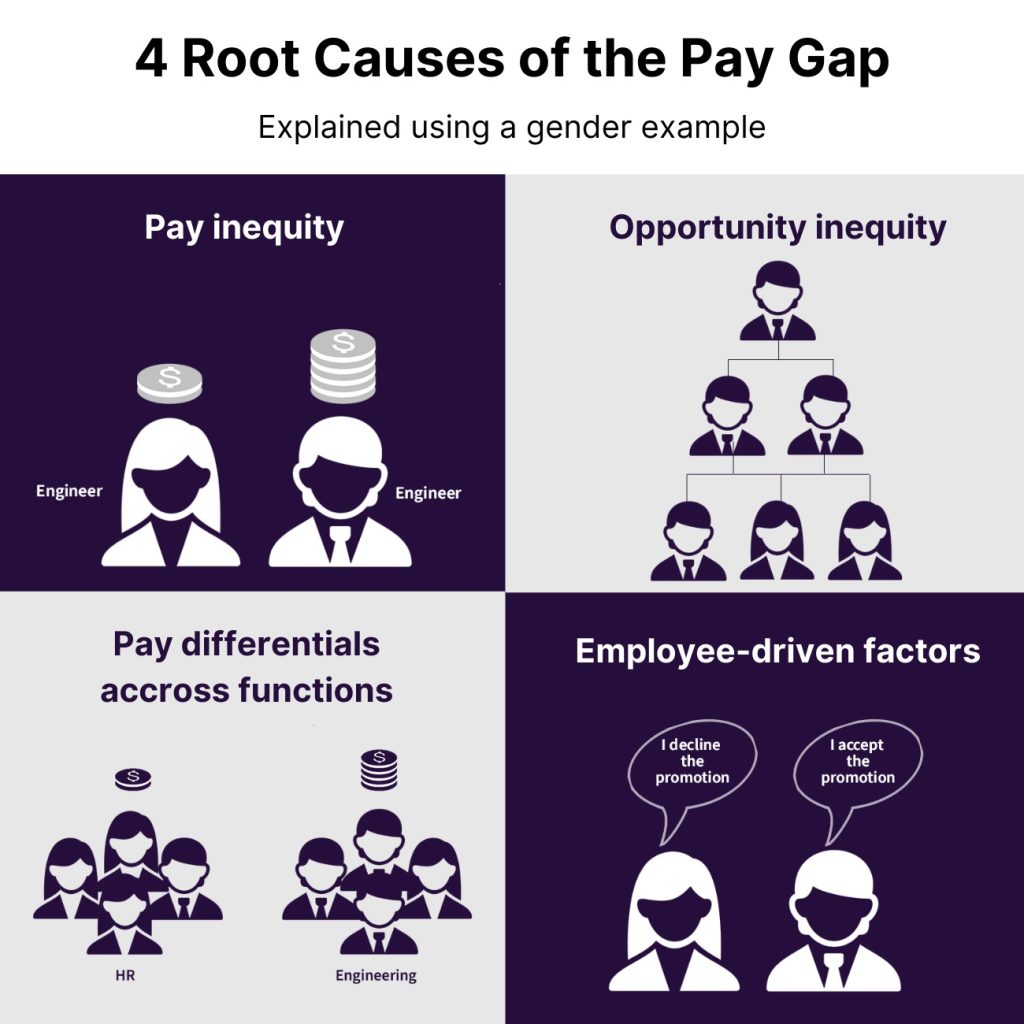
Positive Shifts: Who’s Leading the Change
- Corporate Trailblazers: By instituting transparent salary bands and promotions free of bias, Fintech Pakistan, a startup based in Karachi, achieved pay parity in 2024. Just what is their secret? Company-wide sharing of annual audits.
- Government Initiatives: 120 business owners changed their hiring processes as a consequence of Punjab’s 2024 tax refund with 40% or more female leadership.
- Grassroots Movements: Aspirations are also being realigned by initiatives like #EqualPayPakistan and female coding boot camps (like CodeGirls Karachi).
Predictions for the Future: Opportunities and Risks
- AI as an Ally: Including a 2025 UNDP report, gender bias in screening was reduced by 40% thanks to automated hiring tools in Lahore’s tech hubs.
- Women-Led SMEs: Credit goes to e-commerce sites like Daraz Women’s Hub, female entrepreneurship has increased by 30% since 2022.
- Economic Threats: According to the Pakistan Institute of Development Economics, rising inflation may pressure over 500,000 women out of working age by 2026.
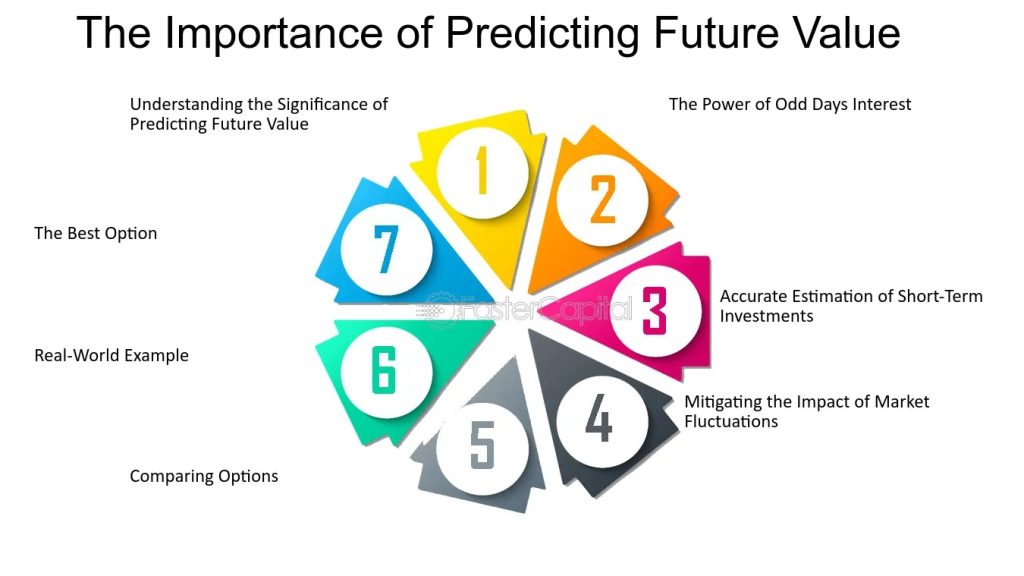
How to Drive Change: Your Role in 2025
- Employers: To audit gaps, use salary accountability tools such as PayAnalyst PK. Fund proposals to upskill women in renewable energy and artificial intelligence.
- Policymakers:Legislators must require pay equity reports from companies with more than seventy workers. Increase the number of childcare facilities that are subsidized in industrial areas such as Faisalabad.
- Individuals: Call out political slant in hiring meetings, mentor a young professional, or support women-owned brands (like the female-led clothing line Rastay).
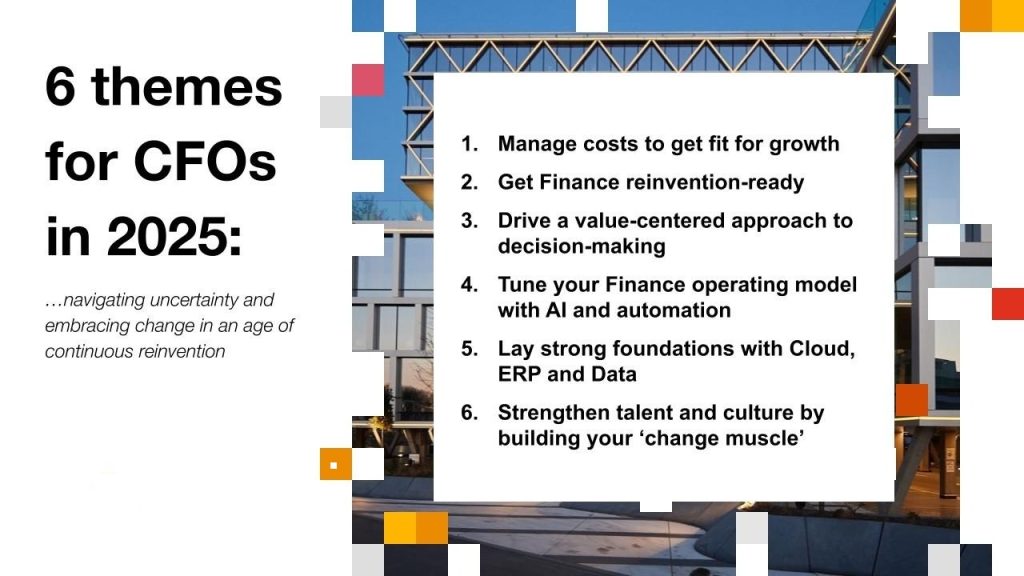
Conclusion:
The statistics on the gender pay gap for 2025 show the harsh reality that progress is brittle. Millions of women are still held back by systemic barriers, despite the hope that advocacy and technology offer. The goal of closing the gap is to fully utilize Pakistan’s economic potential, not just to be fair. One policy, one hire, and one discussion at a time, let’s put these insights into practice.

